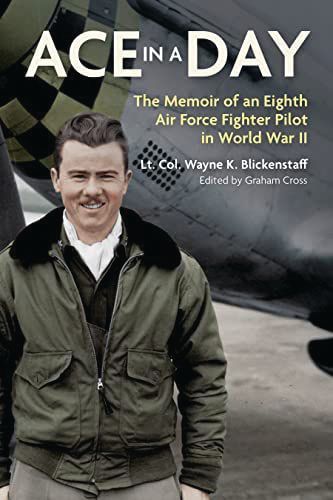 By Christopher Miskimon
By Christopher Miskimon
Lieutenant Wayne Blickenstaff saw a group of German Messerschmitt Me-109 fighters disperse after making a run at some American bombers. He chased one, following it as it rolled and dove. His heavy Republic P-47 Thunderbolt fighter accelerated so quickly he worried his plane would go into a state of compressibility and crash. This term described airflow over the wings approaching supersonic velocity; it could lock the plane’s elevators and cause a crash. He broke off, feeling guilty for not chasing the enemy plane. Later, he confessed his “screw-up” to a friend. That friend told Blickenstaff his mission was to escort the bombers, not paint little German swastikas on the side of his cockpit. Since that Me-109 didn’t get back to the bombers, the mission was accomplished. It was Blickenstaff’s first aerial combat; much more lay ahead of him.
This memoir is a vivid look at the lives of American fighter pilots in the European theater. The author asserts that life or death in the air was often a matter of luck and shows this through vignettes about his experiences and those of his fellow flyers. The book is well-illustrated with many of the author’s photographs, and a set of detailed appendices provides extensive background information.
Ace in a Day: The Memoir of an Eighth Air Force Fighter Pilot in World War II (Lt. Col. Wayne K. Blickenstaff, Edited by Graham Cross, Casemate Books, Havertown, PA, 2022, 340 pp., photographs, appendices, index, $39.95, hardcover)
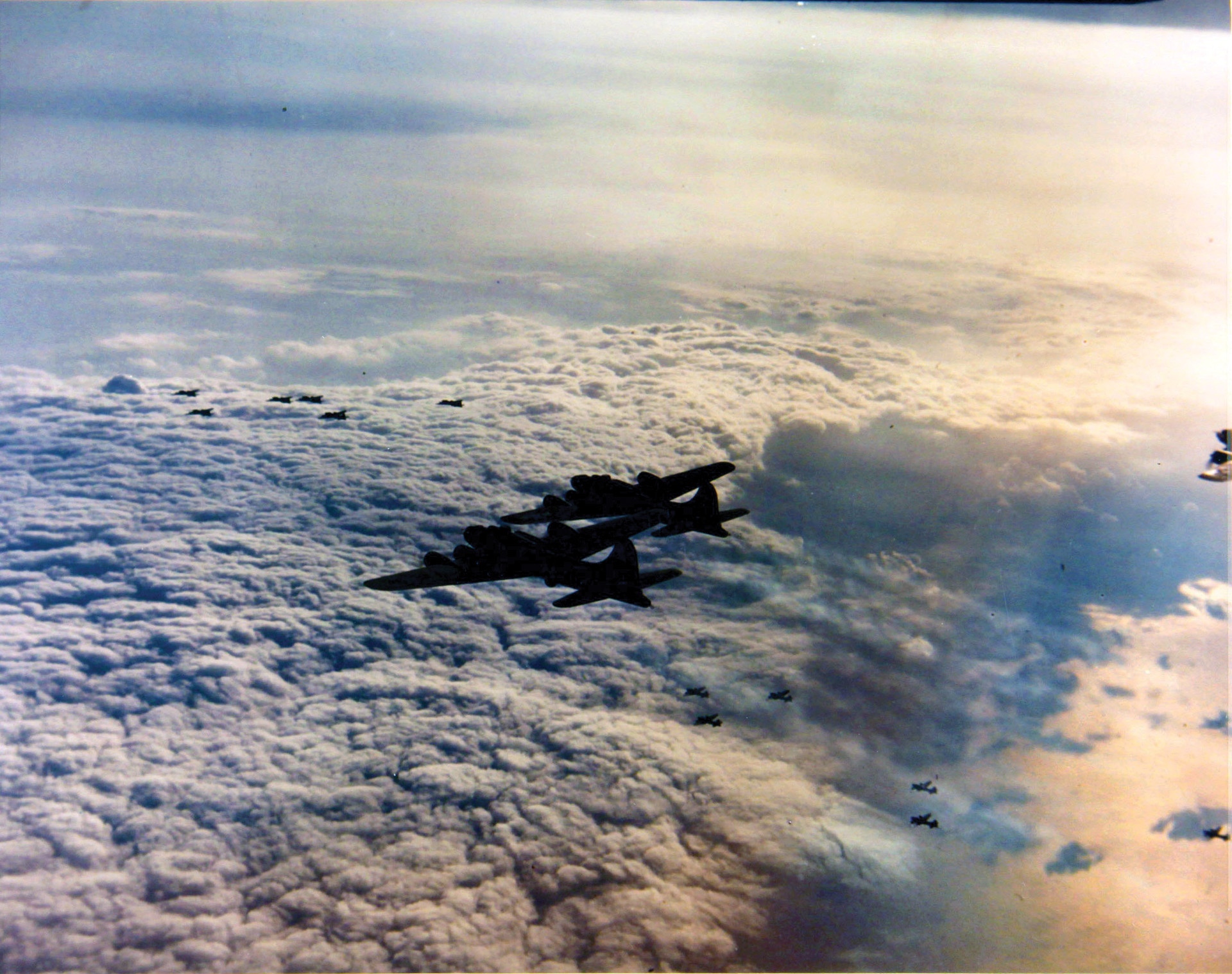
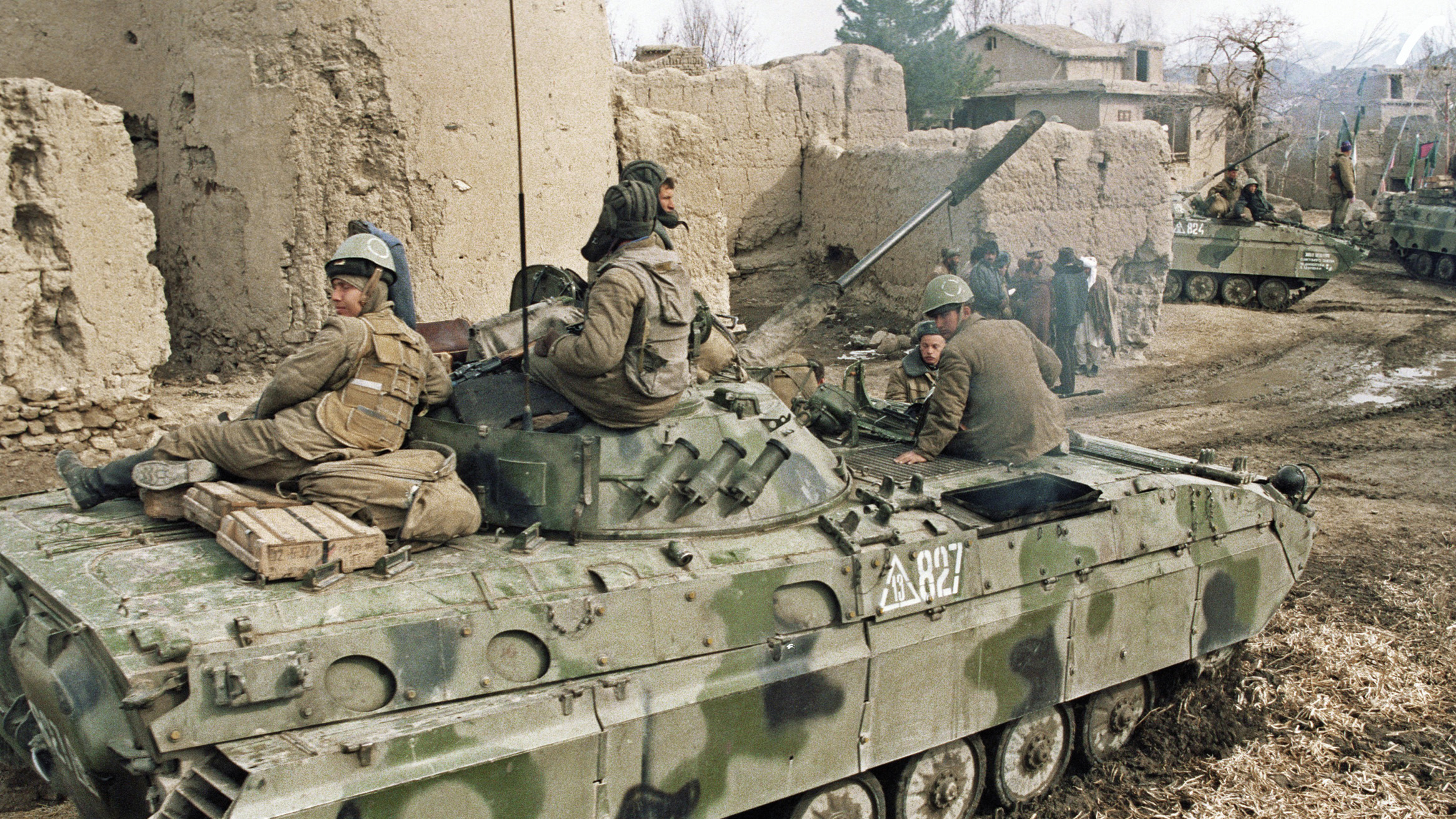
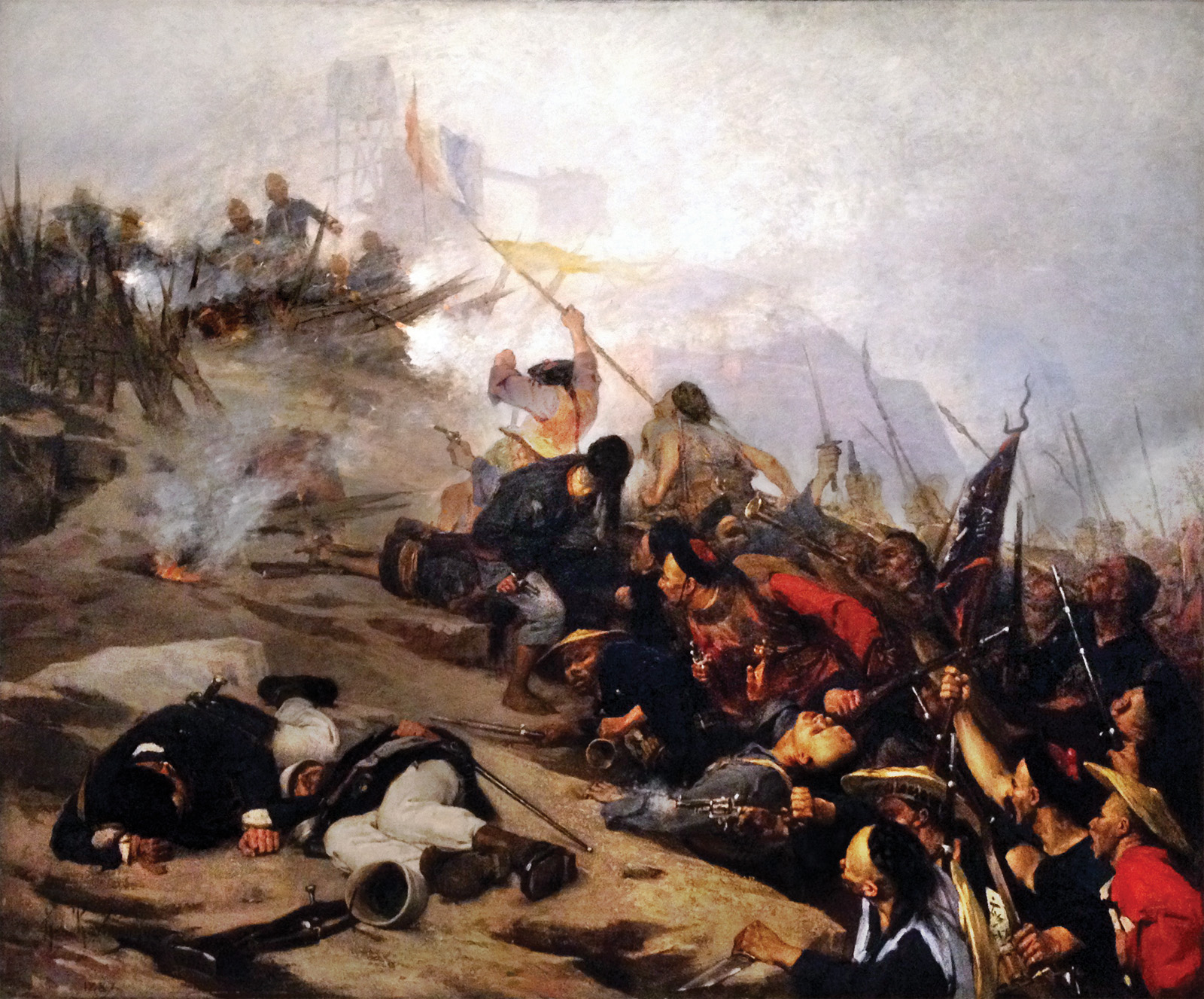
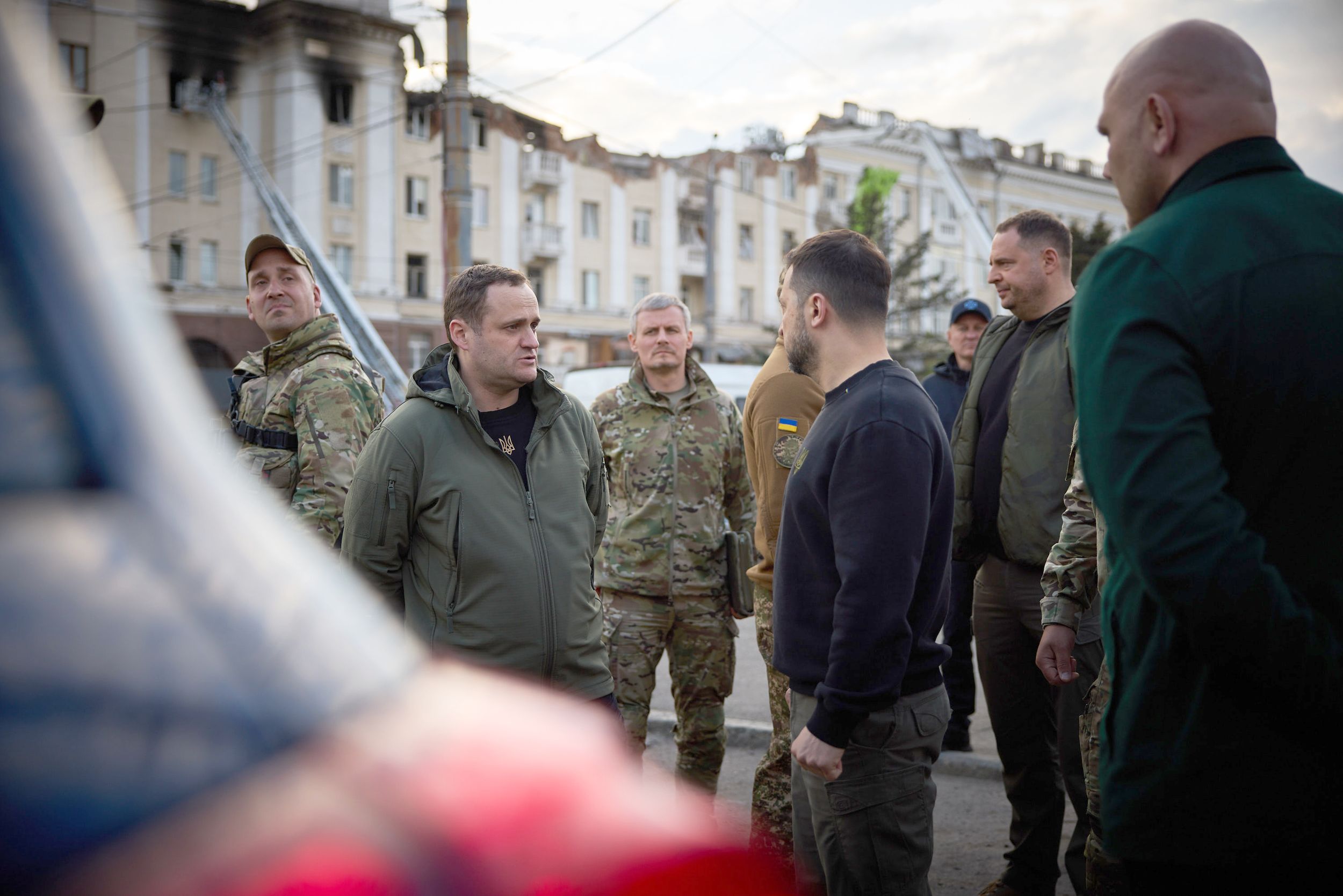
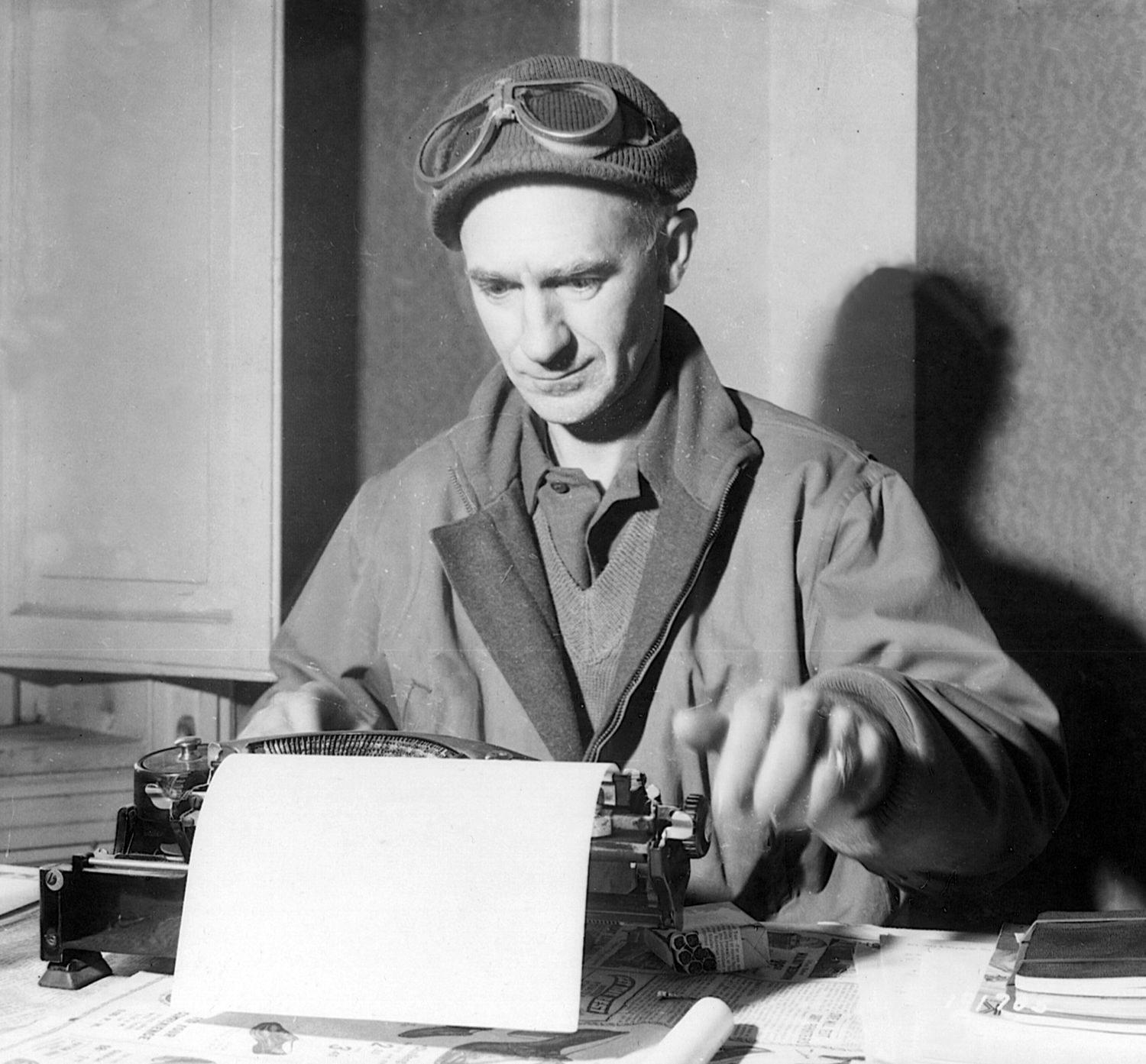
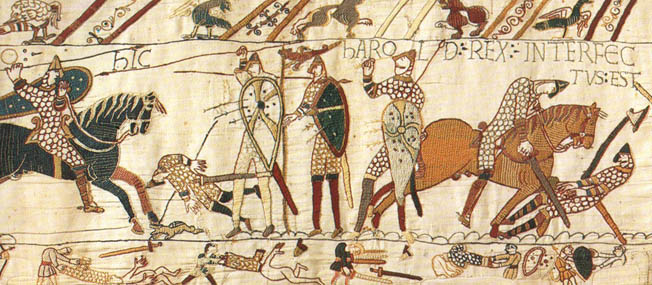
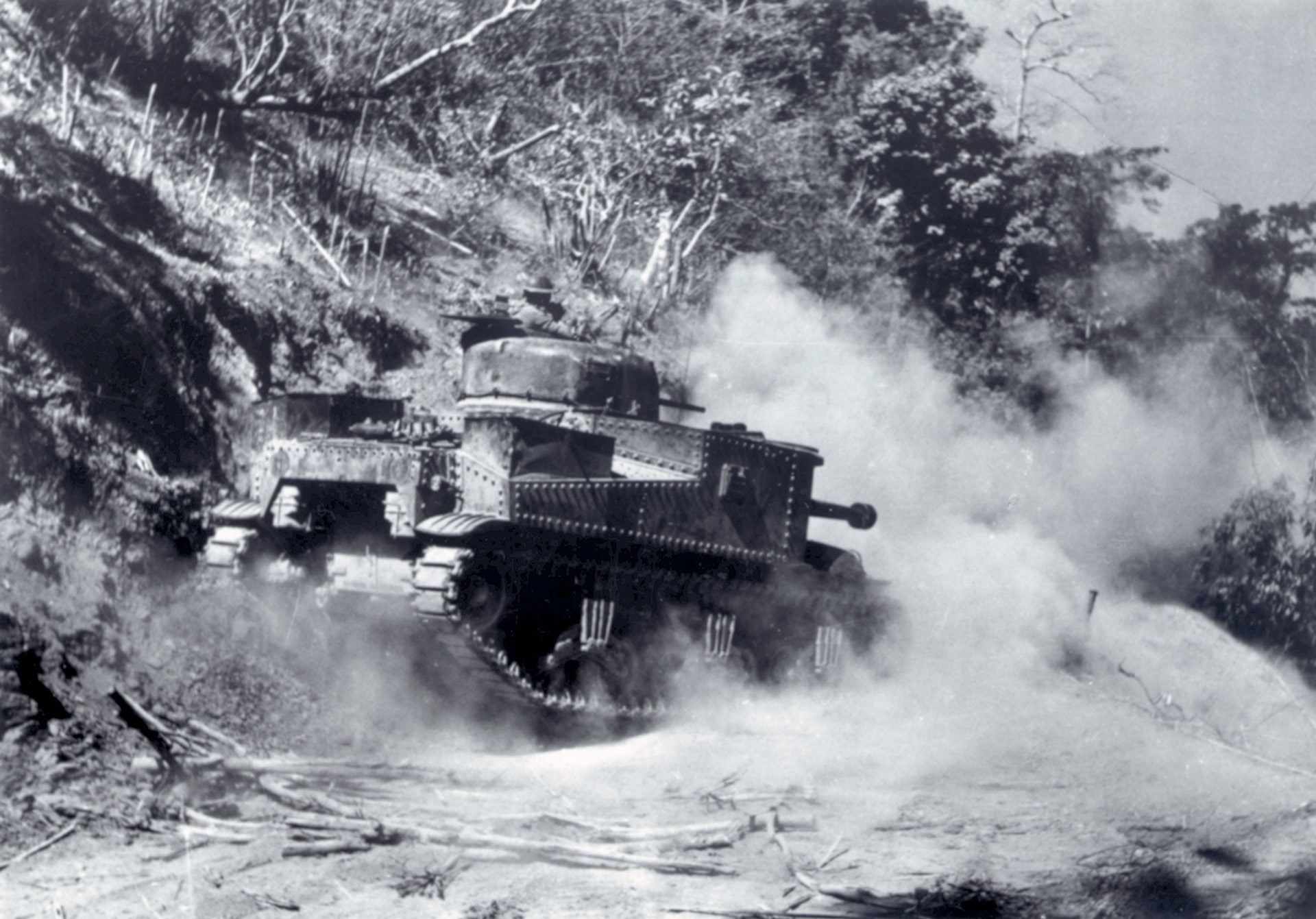
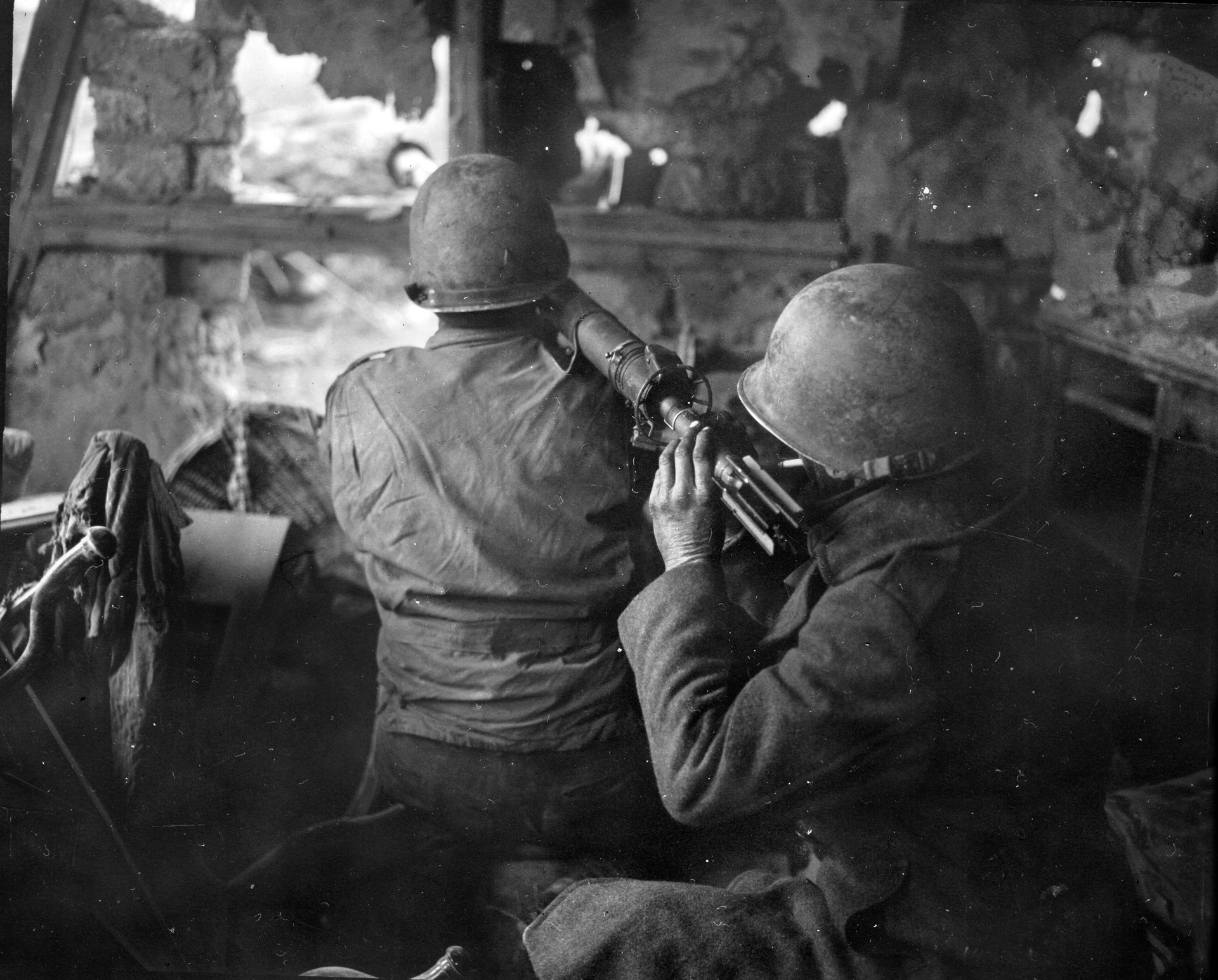
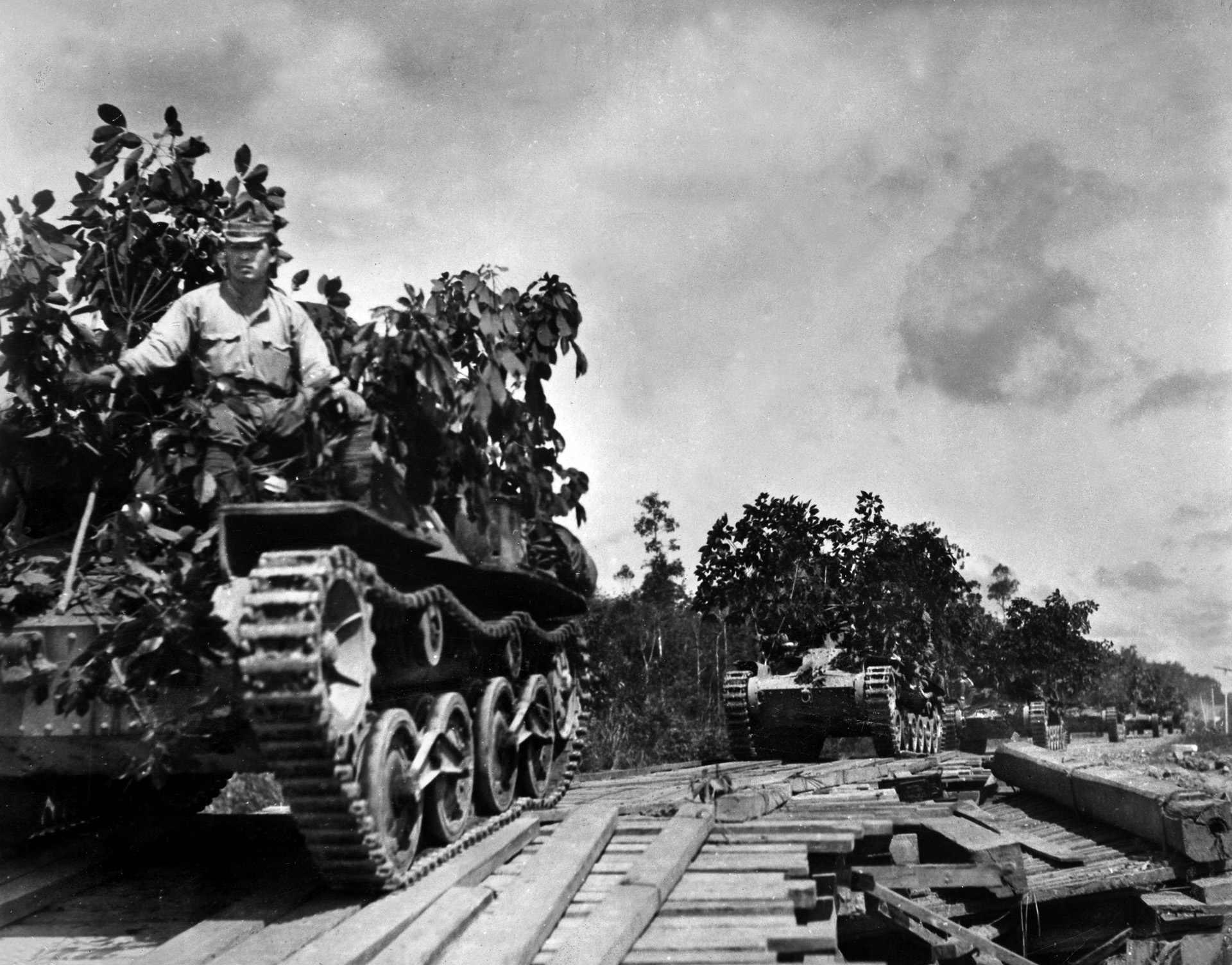
Join The Conversation
Comments
View All Comments